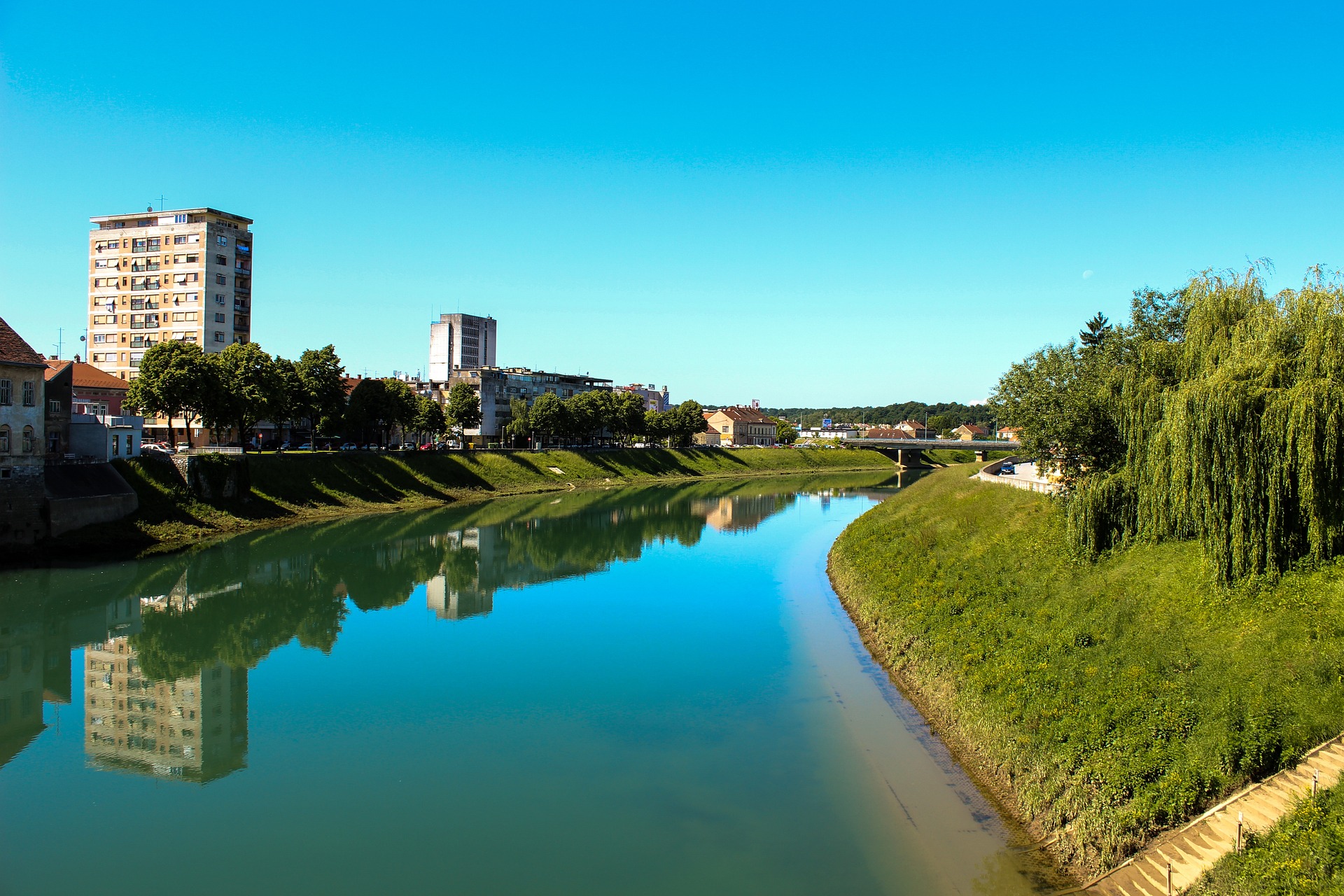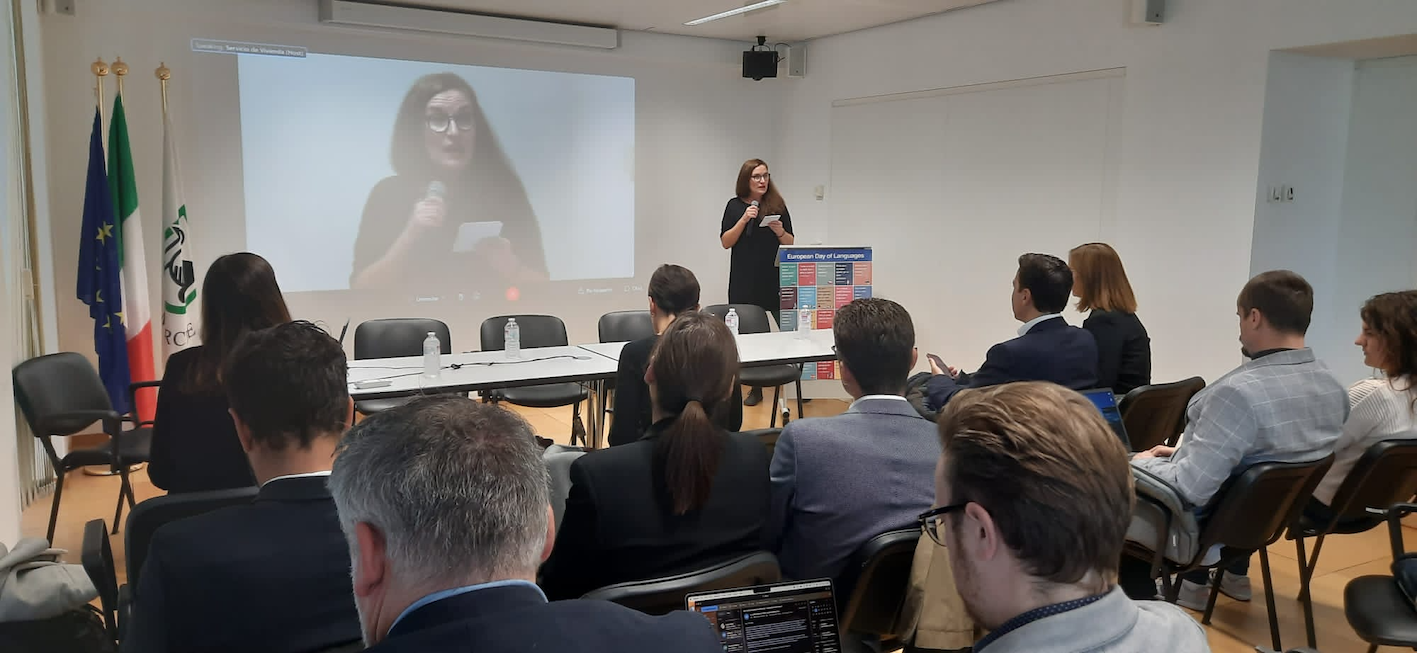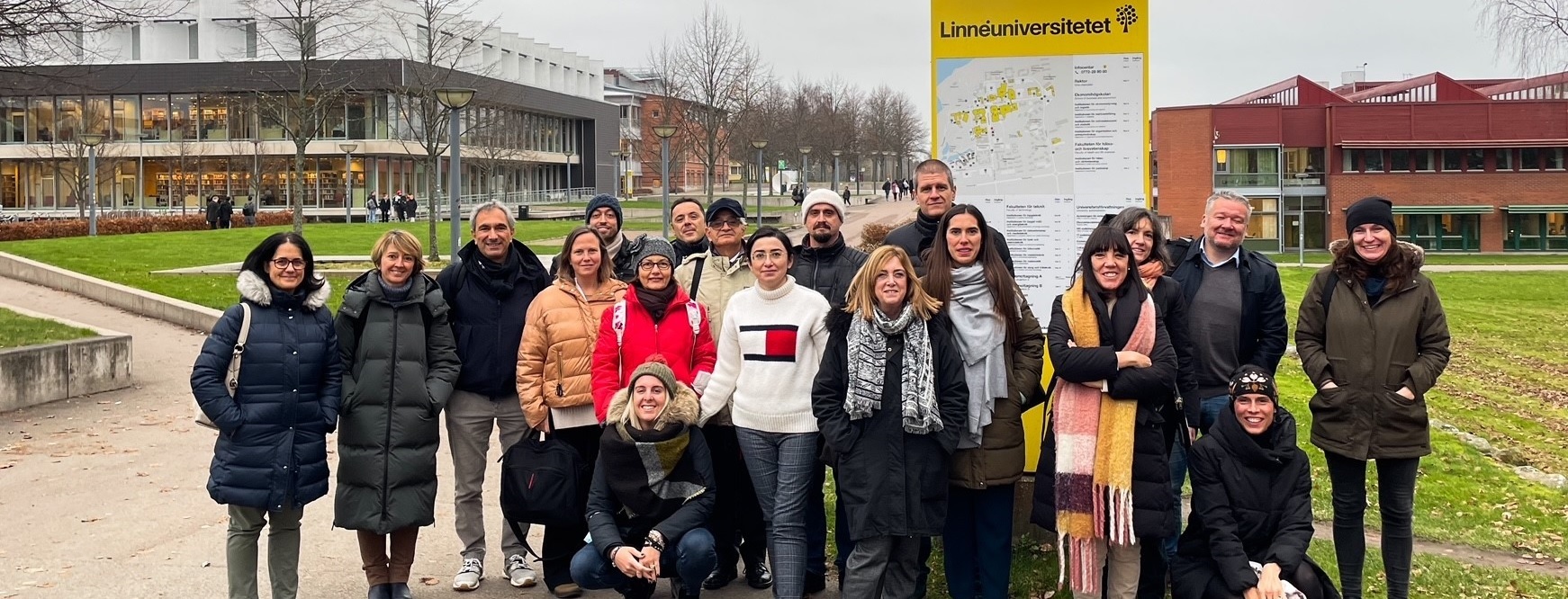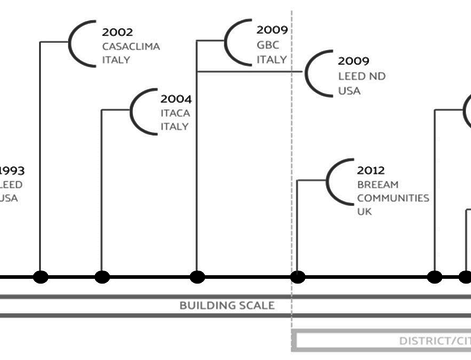As in Spain, there are two institutions participating in the project in the Czech Republic: the University Centre for Energy-Efficient Buildings of the CTU in Prague and the Energy Agency of the Zlín Region. The following presentation will be devoted mainly to the Zlín Region, but it is important to mention that both partners are working together since the recommendations for adjusting the regional development programme, as the key outcome of the project, are formulated at the national level.
The Zlín Region is one of the Czech administrative units (NUTS III) and it is located in the south-eastern part of the historic Moravian region. It is named after its capital Zlín and has a population of more than 580 000. The Energy Agency of the Zlín Region (EAZK) was established in 2006 as an executive tool for enforcement of national strategic priorities (energy policy, spatial planning and construction) on a regional level. There are several LC Districts related regional strategies, including Programme of landscape development of the Zlín Region (PRÚOZK), local Sustainable Energy and Climate Action Plan (SECAP) and Regional Energy Conception. According to EAZK Director Miroslava Knotková, reducing CO2 emissions in the Zlín Region is a very important issue. One of the reasons is that all Czech regions are expected to contribute to the national targets of the Europe 2020 strategy; these targets include a 20% reduction in greenhouse gas emissions compared to 1990 levels.
Both Czech partners agree that there is not enough attention being paid to reducing carbon emissions in the Czech Republic and it is difficult to change this situation. “The biggest problem from the public's point of view is that targets are rather abstract. Reducing emissions is often associated with active elements requiring higher investments. The returns on investment are rarely positive without public support. General public lacks awareness of possibilities of reducing CO2 emissions through passive approaches," says Zdenko Malík, a researcher at UCEEB CTU.
The main objective of the project for EAZK is to produce a SWOT analysis of the construction sector and to discuss the setting of regional strategies and policies with all relevant stakeholders. In addition to the regional office itself, the main stakeholders include local schools, hospitals, social service providers, municipalities from the region and the business sector. Both partners agree that exchanging experiences between regions and sharing good and bad practices will be an important outcome of the LC Districts project.


Photo by Pavel Kosek













